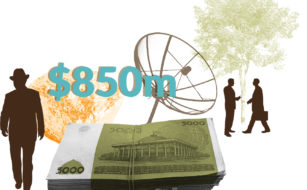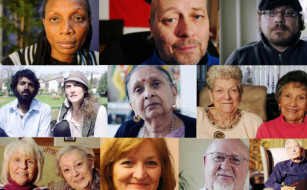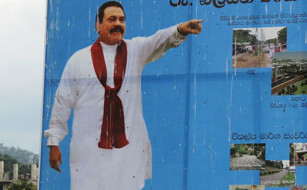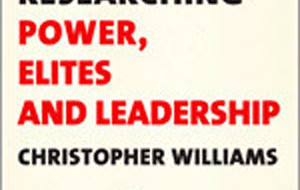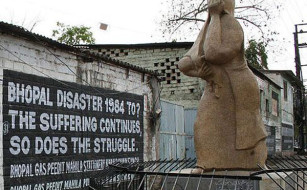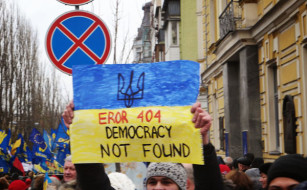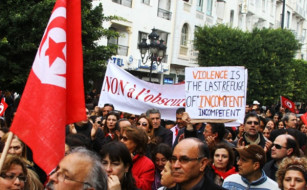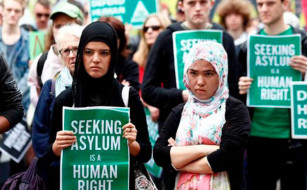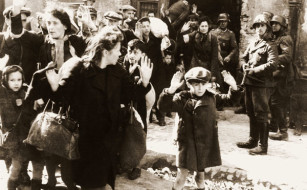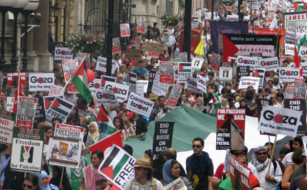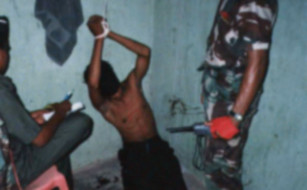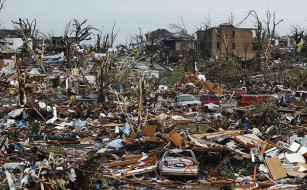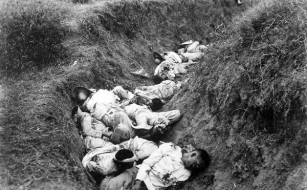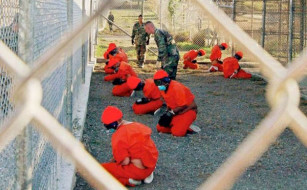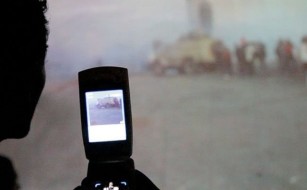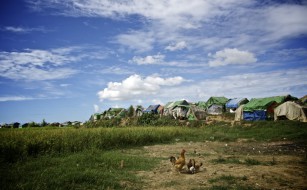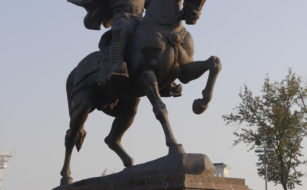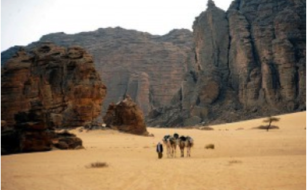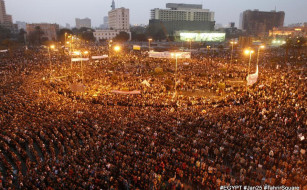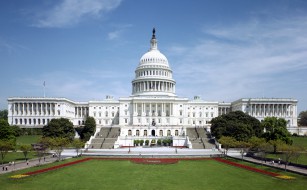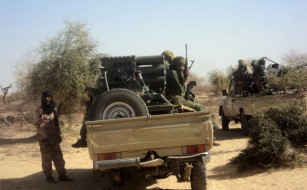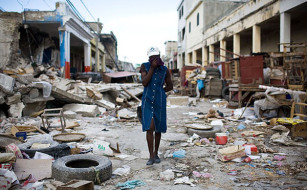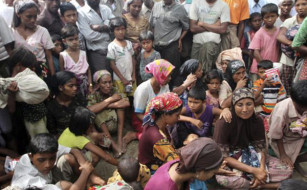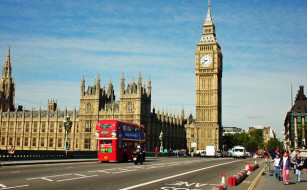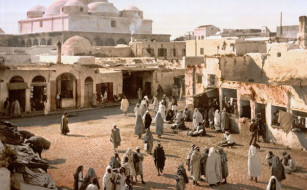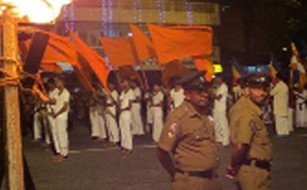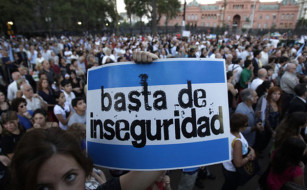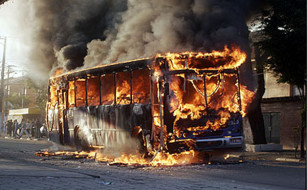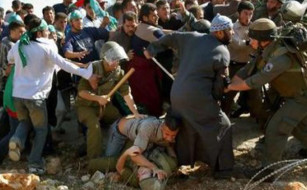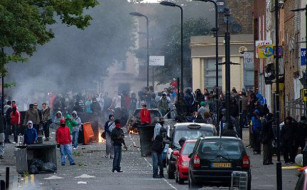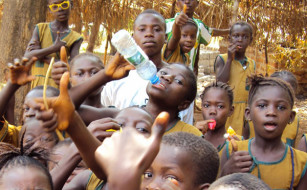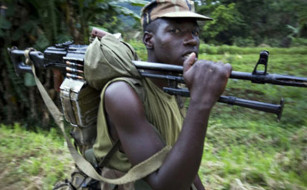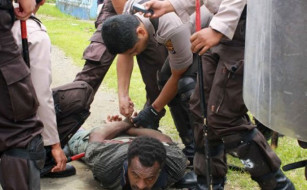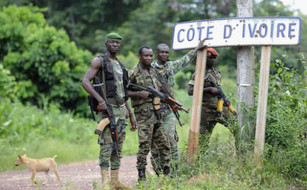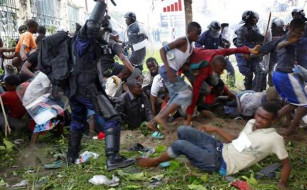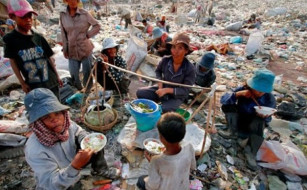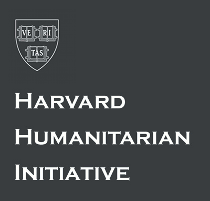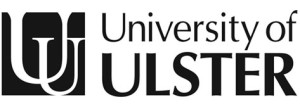Introducing State Crime in Sri Lanka
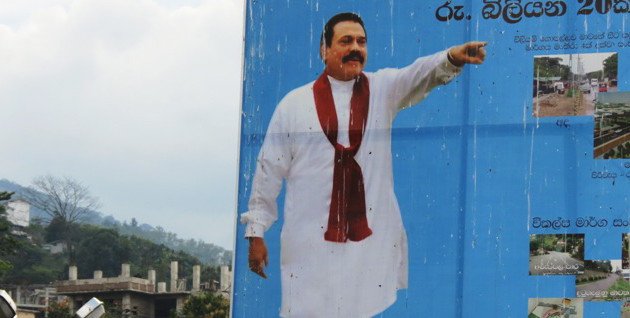
The small island of Sri Lanka has experienced near-relentless conflict in the last four decades. Sri Lanka is a country with a richly documented but contradictory and polarised history. The two largest ethnic groups, the Sinhalese and the Tamils, are ideologically inclined towards notions of fundamental territorial entitlement and the elected, Sinhalese-dominated government of the Socialist Democratic Republic operates through clientelism, state terror and ethnic politicking. Successive governments have followed this pattern of governance since independence from the British in 1948. Anti-government political uprisings by Marxist groups in the 1980s and by Tamil separatist groups since the 1980s have been violently suppressed by the state forces. The experience of injustice and marginalisation of the Tamil minority in a state based on the majority principles of Sinhala-Buddhism resulted in terrorism, inter-group violence, draconian counter-terrorism measures, and a further institutionalisation of state terror.
In 1971 and the late 1980s, a movement termed the “forgotten revolution” saw the Janathā Vimukthi Peramuṇa (JVP), a Marxist agrarian political organisation, crushed by the state forces with unprecedented and disproportionate violence.[1] Thousands of deaths were caused by both state and JVP forces in a brutal phase of Sri Lankan history. Since the 1980s, successive governments have been embroiled in a counter-terror campaign against the LTTE (Liberation Tigers of Tamil Eelam) and other separatist groups. The LTTE sought to establish a separate state for the Tamil people, an aim supported by an overwhelming section of the Tamil population who saw themselves as suffering persecution and facing institutional racism within the majority-Sinhalese Sri Lankan state. Whilst the terror tactics were unpopular with much of the Tamil population, the regime’s murderous targeting of moderate leaders and opposition figures resulted in the LTTE becoming the only significant political voice of the Tamil people.
Minority Tamil rights have been progressively eroded in this context and the counter-terror paradigm has assisted the state in moving toward what can be described as an ‘ethnocracy’. The current government, headed by President Mahinda Rajapaksa, is increasingly based on nepotism and familial autocracy. The Parliamentary system provides that the Sinhalese are the primary decision-makers on all political matters because of their dominant representation in Parliament. The “Sinhala Only” movement of the 1950s was aimed at reclaiming Sri Lanka for the Sri Lankan people, a reaction to colonial presence over the previous four centuries. Exclusion of the Tamils from political and public life occurred in the years of the “Sinhala Only” discourse following independence. The Sinhalese language and the Buddhist religion of the majority were promoted as the only ‘official’ characteristics of Sri Lankan nationality and state policies in education and employment reflected this, leaving the minorities, including Muslims and Bhurghers[2], in vulnerable social positions. The trend of “re-claiming” Sri Lankan identity, which for the primarily Sinhala government was based exclusively on Sinhala-Buddhist values, continues to today. Most significantly, the concept of national unity at the heart of Sri Lanka’s reconciliation plans, is dependent on Sinhala-Buddhist hegemony rather than a commitment to the inclusion of minority interests. Group violence has not been an issue since the 1980s but ethnic divisions remain politicised; despite living as neighbours, all interactions are mediated through an ethnic lens.
Torture is persistently documented by human rights groups as widespread and institutionally-entrenched and the phenomenon of “white van” disappearances remains a symbol of state terror. Individuals with oppositional and anti-governmental views are routinely assaulted by unknown gangs, publicly demonised by the state media, and, at worst, disappeared or executed. Journalists and civil society leaders are the primary targets of these attacks, which are left uninvestigated by police. Sri Lanka had the highest number of disappearances in the world in 2007.[3] There are tens of thousands of persons considered “missing” as a result of the conflict, including 630 children reported by UNICEF, the UN children’s unit.[4] The long-standing civil war has claimed a huge number of lives on the battlefield, in terrorist attacks and in covert anti-insurgency operations, for which the government denies responsibility. It is generally estimated that between 80,000 and 100,000 people have been killed in conflict-related deaths in Sri Lanka between the beginning of hostilities in 1983 and the officially declared end of the war in May 2009.[5]
A strong discourse of denial has allowed the government to avoid accountability for crimes committed on both national and international platforms, including allegations of war crimes and crimes against humanity at the end of the war in 2009. Particular instances of atrocity, terror and state crime went largely unquestioned in a climate of fear and censorship, and where possible were re-framed to sit within the discourse of counter- terrorism, national security and ‘necessary measures.’ Human rights organisations such as Human Rights Watch and International Crisis Group have accused both the state forces and the LTTE of responsibility for thousands of civilian deaths in the final few months of the war. Following the defeat of the LTTE and the release of civilians, displaced persons were detained in makeshift camps and screened for connections to the LTTE. The conditions in the camps were reported to be abysmal and the release and resettlement of the people was slow and disorganised. Several thousand remain in the camps to this day, over three years since the cessation of the conflict. Between 11,000 and 12,000 LTTE cadres were detained for rehabilitation in a closed and secretive environment, in unspecified locations and without public provision of the identities of those in custody. Amnesty International and Human Rights Watch equated this process to incommunicado detention without trial. The more militant LTTE members were tried and imprisoned.
In the post-conflict environment the threat of LTTE terrorism remains as the government warns of “destabilising elements” in society who aspire to reignite the separatist warfare movement. The population is kept in a constant state of fear and the ex-LTTE cadres who have undergone a process of rehabilitation prior to release into society face societal stigma and hardship. State surveillance in the form of military informants, official and unofficial, and a dramatic increase in militarisation is problematic in the context of a unilateral victory, three years after the defeat of the LTTE.
Reconciliation
In response to international calls for post-conflict accountability and reconciliation, the government launched a “homegrown” mechanism – the Lessons Learned and Reconciliation Commission (LLRC), a panel of experts and distinguished persons appointed by President Mahinda Rajapaksa in May 2010. It delivered its report in November 2011.
The Commission received submissions from the public, national organisations and civil society groups, in public hearings and submitted in print. The 5,000 public submissions made to the LLRC established a basis of information on the needs of society in the aftermath of conflict and the measures required to prevent a resurgence of violence.[6] The submissions conveyed the overwhelming desire for information on loved ones rendered disappeared and missing during the conflict. Continuing grievances with regard to land rights of the Tamil people, a concern with “Sinhalisation” of the Tamil traditional homelands, were also highlighted. In an ethnically-charged context, the Tamil people perceive the construction of Buddhist temples, the presence of the Sri Lankan armed forces in large numbers, the devaluation of the Tamil language, culture and Hindu religion and the re-naming of villages in Sinhalese as a deliberate attempt to alter the demographic nature of the country. These findings fit with an analysis of the current Sri Lankan government’s leaning toward a Sinhalese Buddhist ‘ethnocracy’. Combined, these developments can be understood as a populist strategy of winning and maintaining majority approval, successfully consolidating power under the Rajapaksa regime.
With regard to reconciliation, the willingness of the government to pursue a political solution in coordination with Tamil political groups has been questioned. The defeat of the LTTE was also a defeat of the primary political group calling for a separate state, and the remaining, more moderate Tamil National Alliance (TNA) is now attempting to carve out political space for the minority. The government has reduced the conflict to a problem of terrorism in political discourse. The language of defeat and conquer, of obliteration of the enemy and victory over evil is an extension of the “othering” undertaken with the counter-terror movement. The support offered to the LTTE by the Tamil population was both real and a product of fear, in differing measures at differing times. The denial of this reality in favour of the state’s argument that all support arose from fear and forced conscription, is a refusal to properly appreciate the political dynamics and social experience of the war. The pride and celebration of the government in its victory over the LTTE is a continuing insult to the separatist movement, and one likely to cause future problems for inter-community relations.
President Rajapaska’s refrain to the UN General Assembly in October last year was, “let us forget the past and concentrate on our future”.[7] The Tamil population in the North and East are struggling to survive and to reconstruct their broken lives and broken homes, while the rest of the population are impressed by the investment in infrastructure, the visible improvement of roads and the creation of employment opportunities. Human rights and the demands of justice and accountability are being sidelined in favour of development and the government’s popularity has not waned despite an economic crisis and a surge in the cost of living. Nationalistic rhetoric regarding the need to protect the “motherland” from attack from destructive elements, both internal and abroad, and repeated references to the defeat of terrorism and the provision of peace occur daily. This discourse plays a dual role. Firstly, it reminds the population that they should be grateful to the government for the provision of security in everyday life. Secondly, international calls for accountability are used to enhance national solidarity. The most recent example of this was the domestic discourse surrounding a resolution on Sri Lanka passed at the United Nations Human Rights Council in Geneva.[8] The resolution requires Sri Lanka to report on its progress in implementing the LLRC recommendations. In the official government media and governmental representative statements, the resolution was described as an international conspiracy by Western powers to destabilise the country and to bring back terrorism.[9] The Tamil diaspora who have been instrumental in lobbying for international accountability are described as the “LTTE rump” and domestic human rights activists who supported the resolution faced a campaign of hate speech and intimidation.[10] Human and minority rights are now proscribed words, as their connotations are largely linked with the international calls for accountability. Reconciliation on these terms, in the shadow of diaspora demonisation and the fundamental exclusion of the Tamils from the Sri Lankan ideal, will be difficult to establish.
[1] Deaths caused by violence on both sides of this uprising were not carefully collated in any systematic way but an estimate of 50,000 is popularly used.
[2] The Bhurgher population make up roughly 0.2% of the population, according to the last complete Sri Lankan Census in 1981. They are an ethnic group of Eurasian descent, the result of intermarriage between Dutch, Portugese and English colonial male settlers and local women.
[3] UN Working Group on Enforced Disappearances quoted in Human Rights Watch’s report Recurring Nightmare: State Responsibility for “Disappearances” and Abductions in Sri Lanka, 27 August 2008; Asian Human Rights Committee, Large numbers of disappearances not addressed despite efforts of UN Working Group, 8 March 2011
[4] IRIN Report, Sri Lanka: Over 600 War Children Still Missing, 1 August 2011 http://www.irinnews.org/report.aspx?reportid=93381 based on reports by UNICEF’s Family Tracing Unit based in Vavuniya. The ICRC were approached by 20,000 families between 1990 and 2003 for help in tracing relatives missing as a result of the conflict, see ICRC Resource Centre website, Sri Lanka : ICRC asked to help solve missing persons issue, 1 September 2003 http://www.icrc.org/eng/resources/documents/misc/5hmlfb.htm The numbers of affected citizens rose exponentially in the final years of the conflict and protests and demonstrations are being held by family members of the missing in the North demanding information. See Dinasena Ratugamage, Never Ending Search for the Missing, BBC Sinhala, 22 June 2011. The military and government have been accused of attempting to disrupt these demonstrations.
[5] This is the figure used by the BBC in reportage, see for example: “Sri Lanka Army Deaths Revealed”, 22 May 2009 which states: “It is thought at least 80,000 people have been killed in the 26-year war.” Human Rights Watch also utilise this general figure, see their “World Report 2010” on Sri Lanka: “On May 19, 2009, the Sri Lankan government declared victory over the LTTE, marking an end to a 26-year-long armed conflict that had caused between 80,000 and 100,000 deaths.” See http://www.hrw.org/world-report-2010/sri-lanka
[6] See www.llrc.lk for mandate, submissions and the make-up of the Commission.
[7] Weeratunga, “Sri Lanka was on a Strong Wicket at the UN – Lalith Weeratunga.”
[8] See Nick Cumming-Bruce, “In Resolution, UN Presses Sri Lanka on Civilian Deaths”, The New York Times, 22 March 2012
[9] See the article “Sri Lankan NGO Activists Work with LTTE rump in Geneva” on the official government news portal: http://news.lk/news/sri-lanka/1731-sri-lankan-ngo-activists-work-with-ltte-rump-in-geneva
[10] This smear campaign is documented by the human rights defenders’ NGO Frontline. See http://www.frontlinedefenders.org/node/17868


